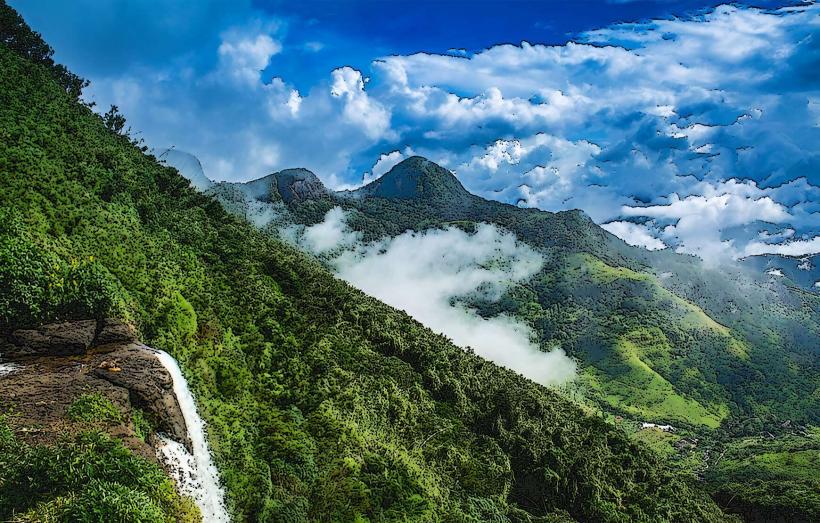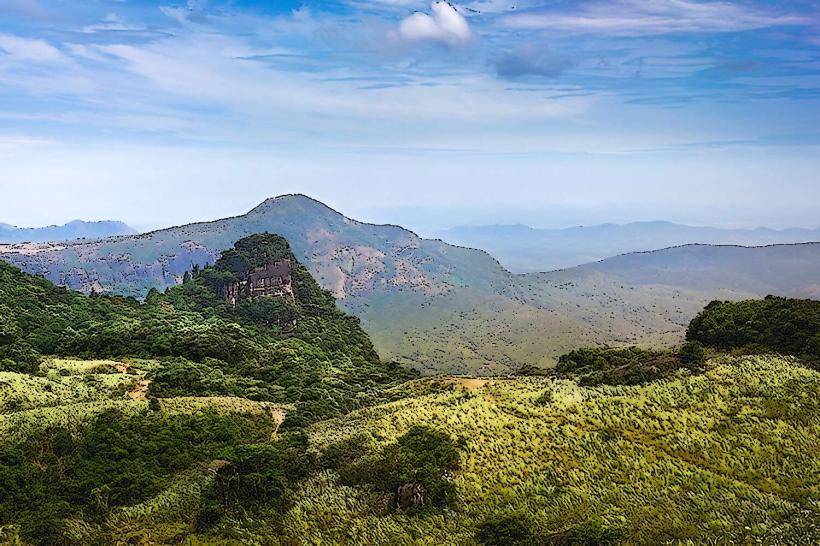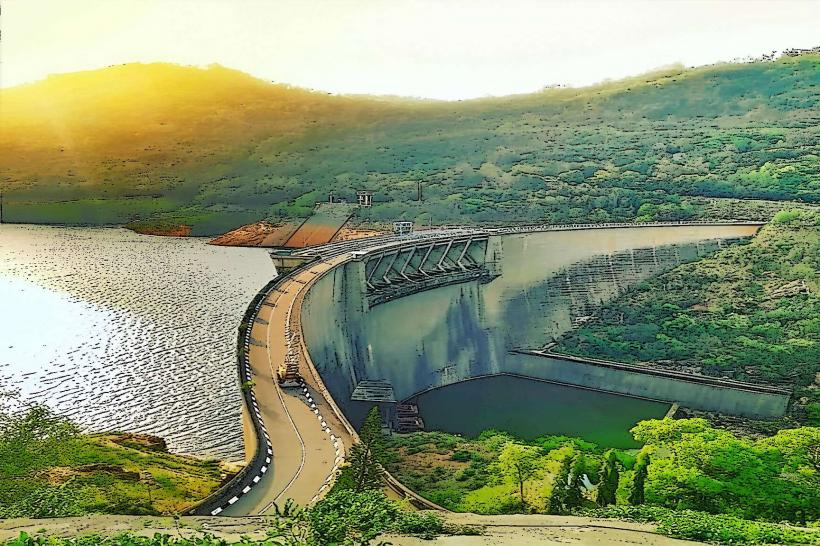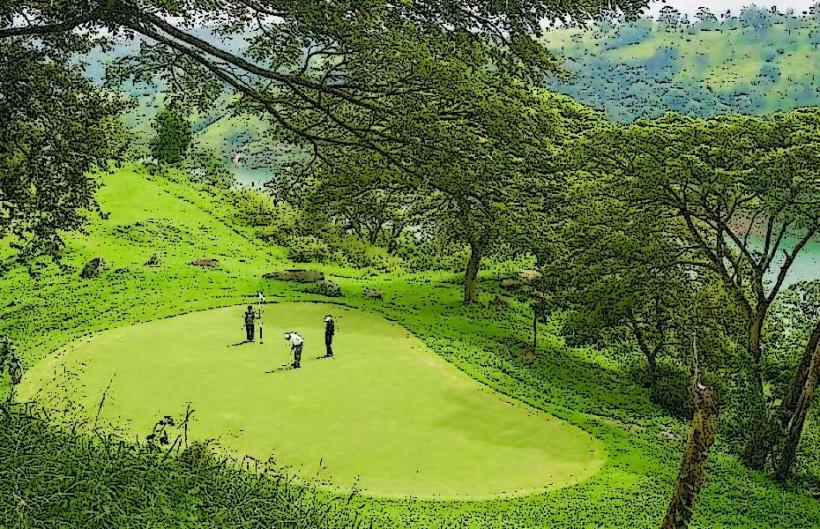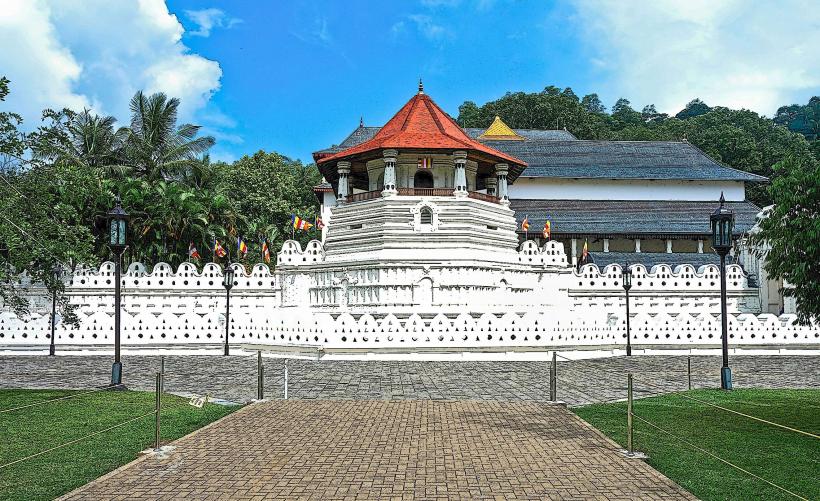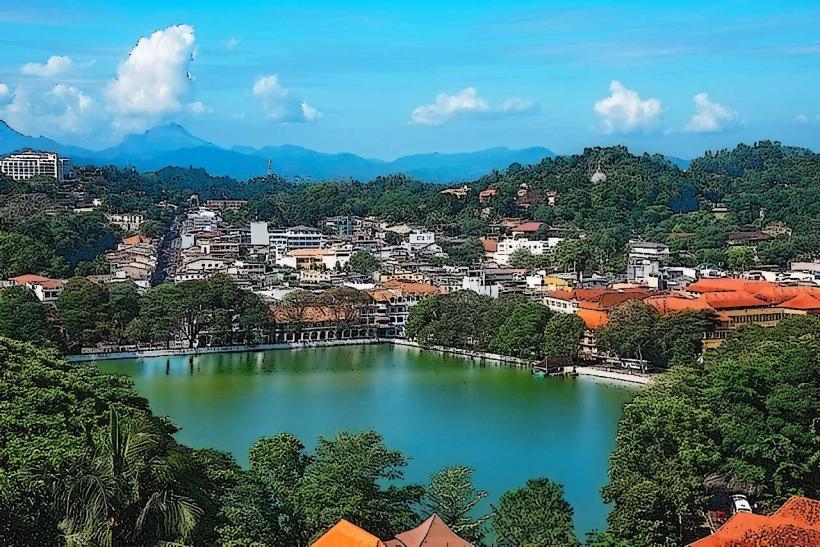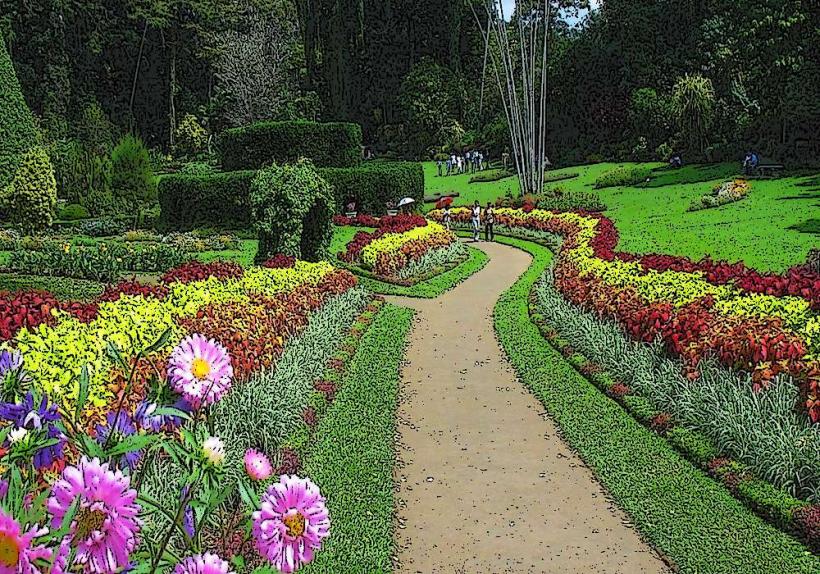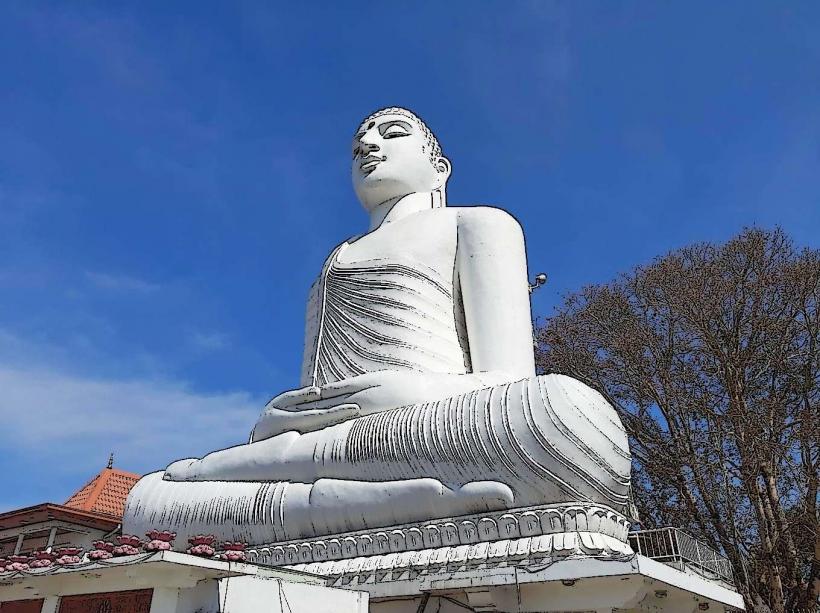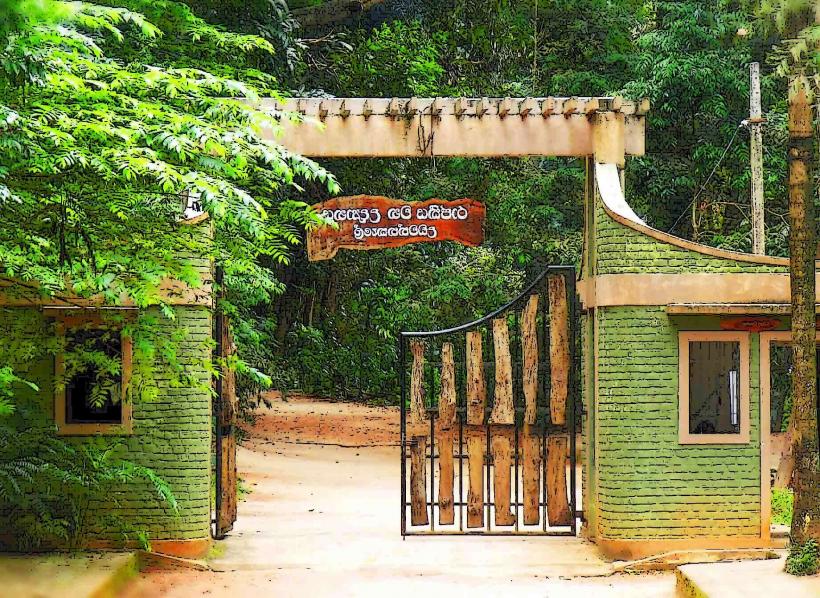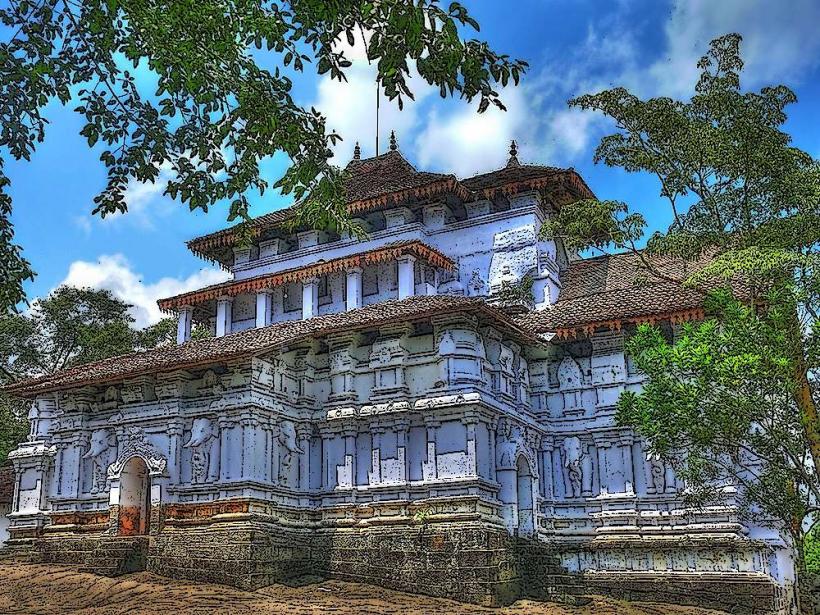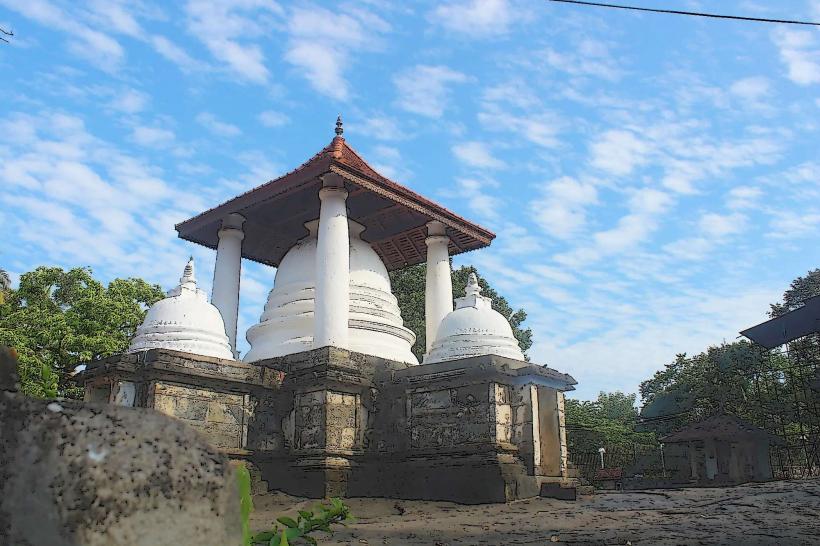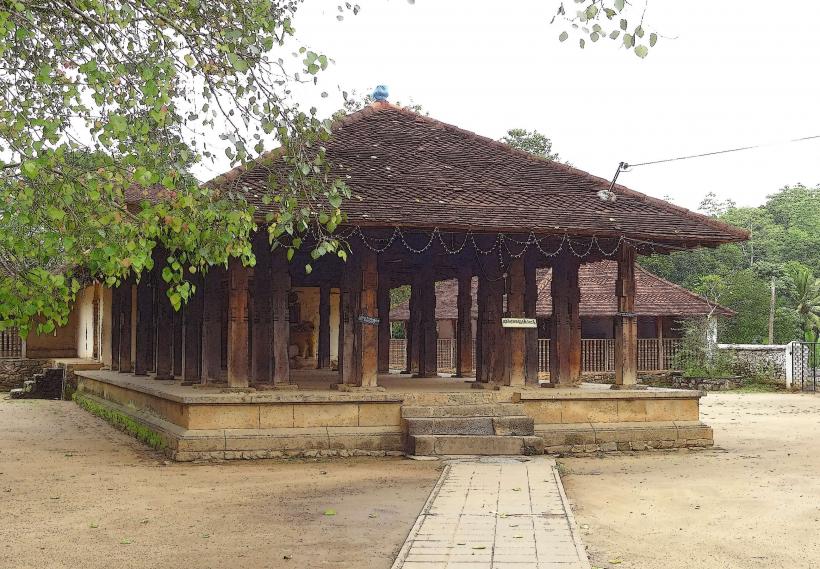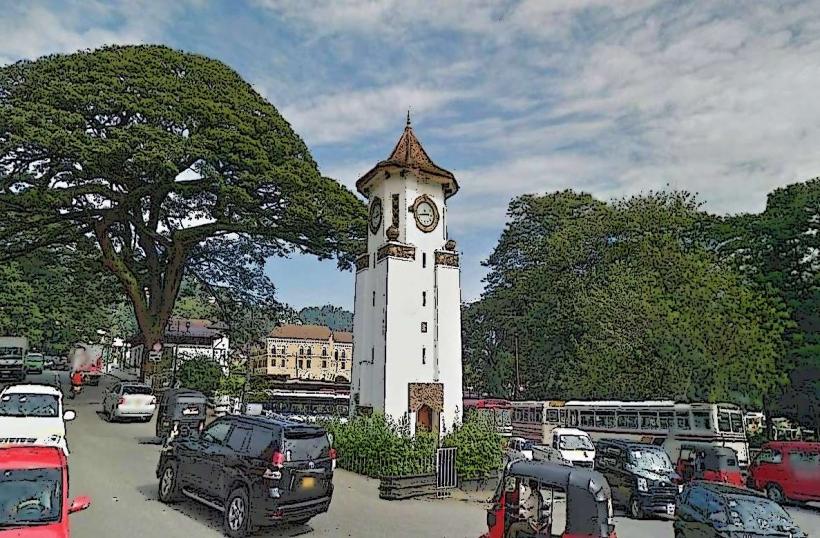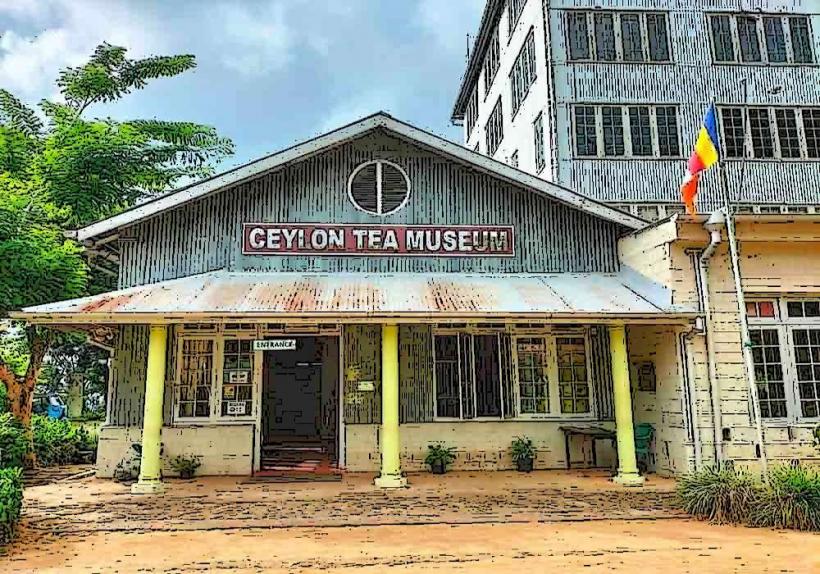Information
City: KandyCountry: Sri Lanka
Continent: Asia
Kandy, known as the cultural capital of Sri Lanka, is a city rich in history, religion, and natural beauty. Nestled in the hills of the central province, it holds immense significance due to its religious importance and its role as the last capital of the ancient kings of Sri Lanka. Below is a detailed guide to Kandy:
Geography and Climate
- Location: Approximately 115 km northeast of Colombo, in the central highlands of Sri Lanka.
- Elevation: About 500 meters (1,640 feet) above sea level.
- Climate: Tropical rainforest climate:
- Average temperatures: 24–26°C (75–79°F).
- Rainfall: Regular throughout the year, with heavier rains during the monsoon seasons.
History
- Early History: Kandy, originally known as "Senkadagalapura," was established as a fortified city in the 14th century.
- Kingdom of Kandy: Became the last independent kingdom of Sri Lanka, resisting Portuguese, Dutch, and British invasions until 1815.
- Colonial Era: Kandy fell to the British in 1815 under the Kandyan Convention, marking the end of Sri Lanka's monarchy.
- UNESCO World Heritage Site: Designated as a UNESCO site in 1988 due to its cultural and historical importance.
Cultural Significance
- Kandy is the spiritual heart of Buddhism in Sri Lanka, home to the Temple of the Sacred Tooth Relic (Sri Dalada Maligawa), one of the most sacred sites in Buddhism.
- The city is also a hub for traditional Sri Lankan arts, dance, and music.
Key Landmarks
Religious and Cultural Sites
- Temple of the Sacred Tooth Relic: Houses the tooth relic of Lord Buddha, a revered pilgrimage site.
- Bahirawakanda Vihara Buddha Statue: A giant white Buddha statue offering panoramic views of the city.
- Gadaladeniya Temple: A 14th-century Buddhist temple with unique South Indian architecture.
- Lankatilaka Temple: A stunning Buddhist temple atop a rock with beautiful Kandyan-era frescoes.
- Embekke Devalaya: Famous for its intricate wood carvings.
Natural Attractions
- Kandy Lake: A picturesque man-made lake in the heart of the city, perfect for walks.
- Udawatta Kele Sanctuary: A forest reserve ideal for birdwatching and nature trails.
- Peradeniya Royal Botanical Gardens: Known for its vast collection of orchids, palms, and other exotic plants.
- Knuckles Mountain Range: A UNESCO-listed biodiversity hotspot near Kandy.
Historical and Architectural Landmarks
- Kandy City Center (KCC): A modern shopping and entertainment complex blending traditional design with contemporary features.
- Kandyan Royal Palace: The former residence of the Kandyan kings, located near the Temple of the Tooth.
Festivals and Events
- Esala Perahera: A grand procession held annually in July/August, featuring dancers, drummers, elephants, and traditional rituals in honor of the Sacred Tooth Relic.
- Vesak Festival: Celebrating the birth, enlightenment, and death of Buddha with lanterns, decorations, and ceremonies.
- Kandy Arts Festival: Showcases traditional music, dance, and crafts.
Culture
- Traditional Kandyan Dance: Known for its elaborate costumes, energetic moves, and rhythmic drumming.
- Kandyan Architecture: Characterized by intricately carved wooden structures and tiered roofs.
- Handicrafts: Includes silver and brassware, lacquered wooden items, and batik textiles.
Cuisine
- Traditional Kandyan cuisine reflects the flavors of Sri Lankan spices:
- Kandyan Rice and Curry: Often prepared with local vegetables and spicy curries.
- Kithul Treacle: A sweet syrup made from the sap of the Kithul palm, used in desserts.
- Milk Rice (Kiribath): A popular breakfast dish served during festivals.
- Kandyan Snacks: Including oil cakes like kokis and aluwa.
Shopping
- Markets:
- Kandy Central Market: For fresh produce, spices, and souvenirs.
- Kandy Handicrafts Center: For traditional arts and crafts.
- Specialties:
- Batik fabrics.
- Kandyan jewelry.
- Tea from nearby estates.
Tourism Activities
- Walking Around Kandy Lake: A peaceful retreat in the middle of the city.
- Tea Plantation Tours: Visit estates like Hanthana or Giragama to learn about tea production.
- Exploring Cultural Sites: Visit ancient temples and the Kandyan Royal Palace.
- Trekking and Hiking: In nearby areas like the Knuckles Range.
Transportation
- Getting There:
- Train: The scenic Kandy-Colombo train journey is one of the most beautiful in the world.
- Bus: Regular buses connect Kandy with Colombo and other major cities.
- Private Vehicles: Taxis and ride-hailing apps like PickMe are convenient options.
- Getting Around:
- Tuk-tuks are widely available for short distances.
- Walking is a great way to explore the central city.
Nearby Attractions
- Pinnawala Elephant Orphanage: Located about 40 km from Kandy, it offers an up-close experience with rescued elephants.
- Matale: Known for its spice gardens and the Aluvihara Rock Temple.
- Hanthana Mountain Range: A great spot for hiking and panoramic views.
Challenges
- Traffic Congestion: The city center can get crowded during peak hours and festivals.
- Tourism Pressure: Managing the impact of large numbers of visitors on cultural and natural sites.
Interesting Facts
- Kandy is a UNESCO World Heritage Site, recognized for its historical and cultural significance.
- The Kandy Lake was built by King Sri Wickrama Rajasinghe in 1807 and has a fascinating legend tied to it.
- The Esala Perahera is one of the oldest Buddhist festivals in the world, dating back over 2,000 years.

